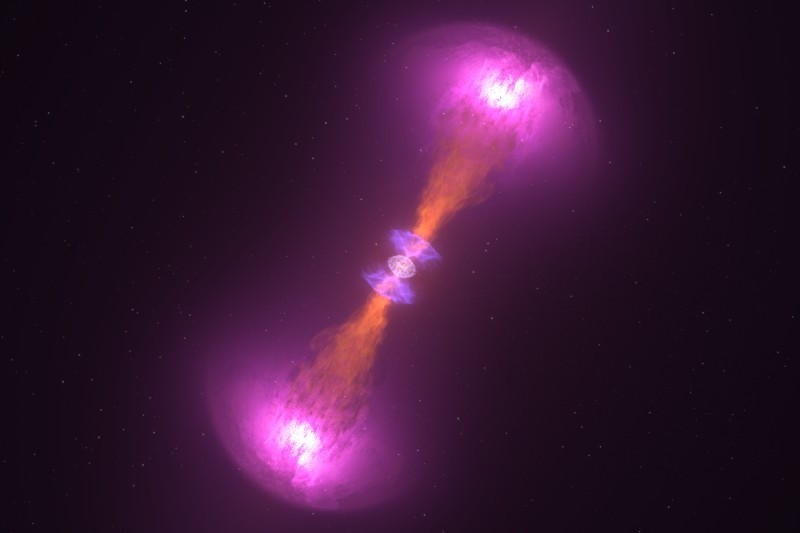ASTRONOMY
UK prof builds a model of neutron stars that improves insights gleaned from gravitational waves
The oscillations in binary neutron stars before they merge could have big implications for the insights scientists can glean from gravitational wave detection. 
Researchers at the University of Birmingham have demonstrated the way in which these unique vibrations, caused by the interactions between the two stars’ tidal fields as they get close together, affect gravitational-wave observations. The study is published in Physical Review Letters.
Taking these movements into account could make a huge difference to our understanding of the data taken by the Advanced LIGO and Virgo instruments, set up to detect gravitational waves – ripples in time and space – produced by the merging of black holes and neutron stars.
The researchers aim to have a new model ready for Advanced LIGO’s next observing run and even more advanced models for the next generation of Advanced LIGO instruments, called A+, which are due to begin their first observing run in 2025.
Since the first gravitational waves were detected by the LIGO Scientific Collaboration and Virgo Collaboration in 2016, scientists have been focused on advancing their understanding of the massive collisions that produce these signals, including the physics of a neutron star at supra nuclear densities.
Dr. Geraint Pratten, of the Institute for Gravitational Wave Astronomy at the University of Birmingham, is the lead writer of the paper. He said: “Scientists are now able to get lots of crucial information about neutron stars from the latest gravitational wave detections. Details such as the relationship between the star’s mass and its radius, for example, provide crucial insight into the fundamental physics behind neutron stars. If we neglect these additional effects, our understanding of the structure of the neutron star as a whole can become deeply biased.”
Dr. Patricia Schmidt, a co-author of the paper and Associate Professor at the Institute for Gravitational Wave Astronomy, added: “These refinements are really important. Within single neutron stars, we can start to understand what’s happening deep inside the star’s core, where matter exists at temperatures and densities we cannot produce in ground-based experiments. At this point, we might start to see atoms interacting with each other in ways we have not yet seen – potentially requiring new laws of physics.”
The refinements devised by the team represent the latest contribution from the University of Birmingham to the Advanced LIGO program. Researchers in the University’s Institute for Gravitational Wave Astronomy has been deeply involved in the design and development of the detectors since the program’s earliest stages. Looking ahead, Ph.D. student Natalie Williams is already progressing to work on calculations to further refine and calibrate the new models.
